| A)The Incredible Fate of the Soviet Fighter Ace, Alexei Maresyev – Hero With No Legs |
Born in 1916, in a family of four children, he was considered the weak one, since he had experienced pain in his joints from a very early age. He spent his childhood in a remote village, which was four kilometres away from his school. Due to his illness, his brother sometimes almost had to carry him home.
His health issues made it difficult for him fulfil his dreams of becoming a pilot. He joined the political youth organization of the Soviet Union, Komsomol, in his teens. As a member of Komsomol, he was sent as a worker to participate in the construction of Komsomolsk-on-Amur, a city in the Russian Far East, which was founded in 1932.
He was sent to the front as a fighter pilot and by early 1942, he had four confirmed dogfight victories. During the first years of the war, Germans had far superior airplane technology and they dominated the skies above Russia. In 1938, The Soviet Union had the largest air force in the world, but the Soviet aeronautical designs distinctly lagged behind Western technological advances.
Instead of developing tactical fighters, prior to the war, the Soviets focused on building long distance bombers that were set for record-breaking flights. Furthermore, they produced planes specialized in stunt maneuvers. It was all a propaganda effort since the early Soviet Union wanted to prove itself as a Mecca for technological advance, in the name of the progress of humanity.
However, the Polikarpov I series proved to be among the top fighters during the 1930’s. They saw combat in the Spanish Civil War and the Second Sino-Japanese War. Unfortunately, the 1940’s brought the new generation of, usually inferior fighter planes. When Germans invaded, it was obvious that the Soviet Air Force was no match for the Luftwaffe’s combination of strategic planning and advanced technology.
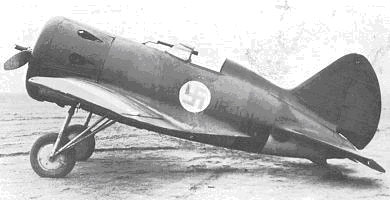
They hid and fed him and gave immediate medical attention to his wounds. When he finally returned to the Soviet-held front-line, both his legs were badly frostbitten and the doctors had to amputate them. It is a true miracle how he survived, but the story of his return to the battlefield is even more miraculous.
Prosthetics were made and he started extensive training to master the use of his artificial legs. First, it was the waltz to regain basic motoric skills and after that, he mastered flying all over again. In 1943, he returned to the front as a fighter ace and was an inspiration to his fellow troops. He became a squadron leader and on a single mission downed three German airplanes. That same year, on August 24th, he was awarded the Hero of the Soviet Union medal. In total, Maresyev flew 86 combat missions, with 11 confirmed kills.
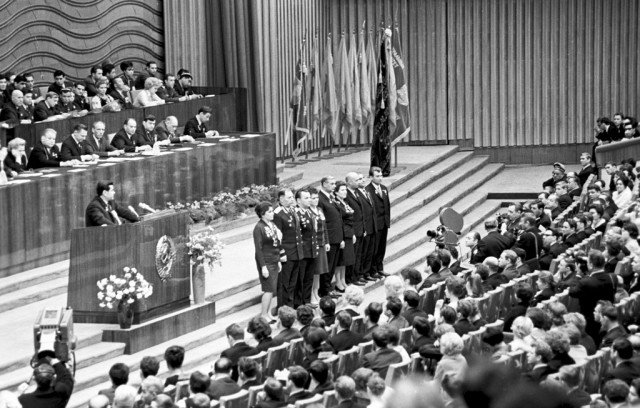
He would often give statements like: “I’m a man, not a hero”, or “There’s nothing extraordinary in what I did. The fact that I’ve been turned into a legend irritates me.”
He later became a member of the Supreme Soviet of the Soviet parliament, advocating the rights of the disabled and war veterans. Maresyev was a beloved figure and a large theatre tribute was organized in 2001, just a few days before his 85th birthday. He died that day, 20 minutes before the start of the play. Schoolchildren all over the Soviet Union were taught of his heroic acts and he remains a prime example of human determination and bravery.
=====================================
B)Missing both Legs, This RAF Fighter Ace Took out 22 Germans Planes, Then Escaped Multiple POW Camps
Sir Douglas Robert Bader was an RAF pilot who lost both legs in a 1931 flying accident where his wing touched the ground while conducting flying acrobatics. One leg was amputated above the knee and the other below which one would have assumed would have ended his career as a pilot.
However, this pilot would overcome adversity and doubts about his capability on his way to downing 22 German aircraft as a pilot and as a German POW conduct so many escape attempts that the Germans threatened to take away his prosthetic legs.
Winning Over the Royal Air Force Brass
Sir Douglas Robert Bader was born in 1910 London and would prove early his life both an exceptional athletic ability combined with a tendency to bend the rules when necessary or just when he pleased.He excelled at all sports to include Rugby growing up, and when he joined the RAF as an officer candidate in 1928, he was almost kicked out after too many late nights out. He became a commissioned pilot in 1930 where he would frustrate the RAF brass by conducting various acrobatic moves at low altitudes in his bi-plane.
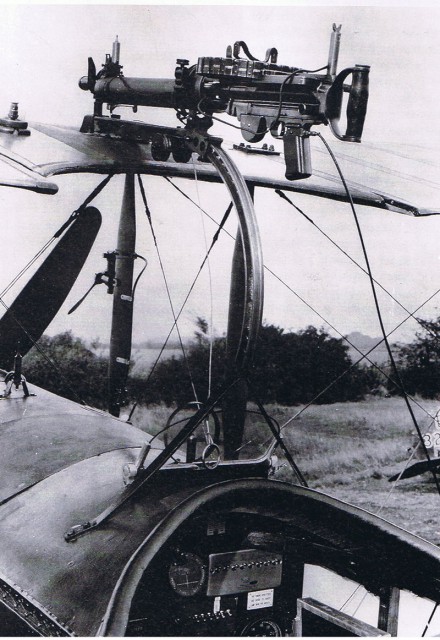
However, as the winds of war began to gather in Europe, the RAF was more open to Bader’s repeated requests but only offered him ground jobs. But with a little help from high-ranking officials, he was finally given his opportunity to return to the skies, missing legs and all.
In late 1939, Bader would conduct flight tests on various plane models before being assigned to the No. 19 RAF Squadron where he would get a chance to fly the famed and beloved Spitfire. He would conduct various training flights in the Spitfire between January and May of 1940 where he demonstrated an ability to excel at high-speed maneuvers.
Many thought it was his ability to withstand high G turns due to his missing legs. When most pilots conducted such extreme turns, they might black out as the blood from the brain rushes to the extremities, primarily the legs. But missing his, Bader could stay conscious longer and make sharper and faster turns than his opponents.
Time for Action
Not only would Bader’s missing legs prove an asset, but so would his fearless and audacious attitude in the face of danger. Sure that philosophy might have taken his legs in 1931, but such an approach to life was often helpful in war. He would first see action in June of 1940 as his squadron was tasked with providing air cover at Dunkirk to support the evacuation of British troops after the Germans began their blitz through France.By the time the Battle for France was over, Bader had already established himself as a Fighter Ace and was well on his way to moving up throughout the ranks.
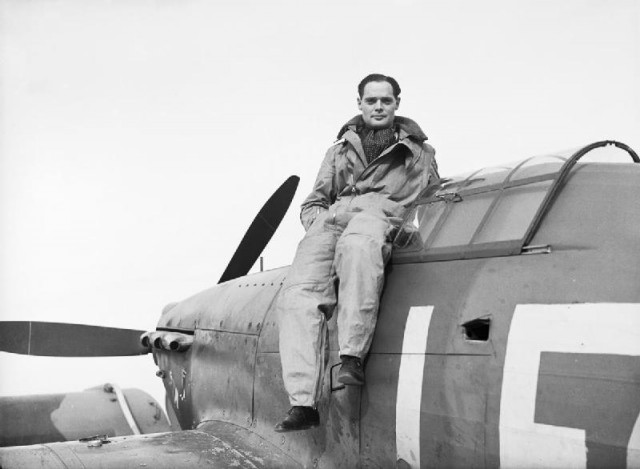
The RAF brass considered pulling Bader from operational duty due to his status and insistence on inviting danger, but it doesn’t appear anyone wanted to have that conversation with the outspoken pilot. Between March and August of 1941, Bader conducted 62 fighter missions over France with unparalleled success. However, his streak of luck would come to an end on August 9th, 1941.
A POW Who Wouldn’t Stay Put
In August of 1941, Bader was conducting a mission over France when his plane was taken out. Accounts conflict as to whether he collided with an enemy bomber was shot down by an enemy fighter, or even shot down by friendly fire. However, Bader would find himself attempting to bail out when one of his prosthetic legs became trapped in the Spitfire. Falling for some time, he eventually released the parachute where the force ripped the straps of the prosthetic leg off.After landing with just one leg intact, Bader was captured by the Germans. Perhaps due to his reputation, the Germans actually treated Bader with a certain amount of respect. German flying ace General Adolph Galland actually notified the British command about Bader’s missing leg and arranged a lane of safe passage to parachute down a new leg for him.
On August 19th, 1941 the British parachuted down a new leg.
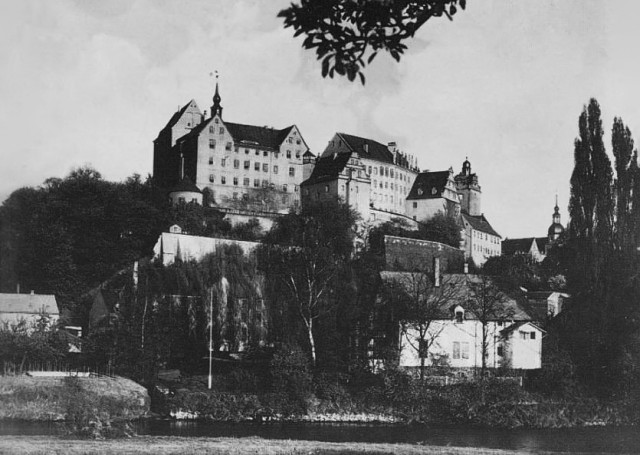
Once in a POW camp, he made so many escape attempts that the Germans threatened to take away his legs. He was finally sent to Colditz Castle, which was deemed to be escape proof in 1942. There he remained until the allies liberated him on April 15th, 1945.
A fascinating war experience for a man who was defiant from beginning to end and did it all missing two legs. In a final act of victory and defiance to adversity, Bader was given the honor of leading a victory flypast of 300 aircraft over London in June of 1945.
It is a story that warrants a unique place in the historical as well as for each of us to look down at our functional legs and ask what is holding us back from making our own chapter in history.

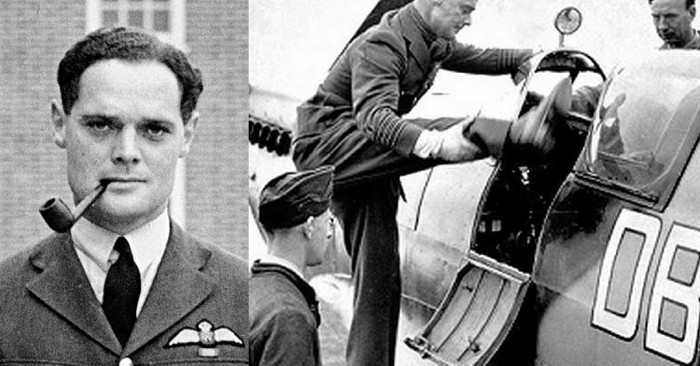
Δεν υπάρχουν σχόλια:
Δημοσίευση σχολίου